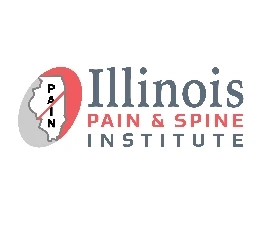Most people try to dismiss headaches as a part of normal, day-to-day life. Some people live with daily headaches, and almost everyone has experienced an occasional headache. However, not all headaches should be brushed off and could be warning signs of a serious underlying health condition.
The first step in obtaining relief is to be informed, so here is vital information about headaches.
Every headache is not the same, and there are about 150 different types of headaches, each of which falls into one of the two following categories.
Primary headaches
A primary headache is a condition in itself and not a symptom of an underlying problem. The most common examples of such headaches are –
- Migraines
- Tension headaches
- Cluster headaches
Such headaches typically occur in a predictable pattern and a headache diary can help you maintain a record and share it with your pain doctor for an accurate diagnosis.
Secondary headaches
Secondary headaches indicate an underlying health concern. These headaches can arise from a wide range of conditions, such as –
- medication overuse
- sinus infections
- trauma or injury
- infections, like flu
- aneurysm or tumor
- degenerative disc disease in your neck
- post-epidural effects
Secondary headaches often get resolved once the medical condition is resolved.
Migraines vs. Headaches
Migraines and headaches are different. Migraines cause intense head pain, along with other symptoms that set them apart from other headaches.
Some common symptoms that accompany migraines are –
- lack of focus
- problems with vision
- nausea and/or vomiting
- floating spots or flashing lights
- density to sounds, smell, light, and touch
- pain in your temples
- tingling or numbness in your face or hands
Migraines can be debilitating and cause sharp pain behind one eye. Some people also go through a prodrome phase a day or two before their migraines. This phase is characterized by irritability, stiff neck, cravings, constipation, or frequent yawning.
Diagnosis
Your doctor will discuss your health history and symptoms before making a diagnosis. They may also conduct a neurologic exam. Making a note of the following can help your pain doctor identify your headaches and design a customized treatment plan –
- location of the headache
- triggers
- progression of the headache
- what your headache feels like
- any other symptoms that occur before, during, or after your headache
Headache Treatment
Your treatment will begin with conservative options, like lifestyle changes and over-the-counter medication. For migraines and other chronic headaches, prescription-strength medication may be prescribed. If those methods fail to provide lasting relief, your pain doctor may recommend steroid injections and or nerve blocks to find relief, reduce inflammation and alleviate other symptoms and discomfort.
If you are looking for pain management doctors, call one of the leading pain management clinics in Illinois, Illinois Pain Institute at 800-340-PAIN Today!



